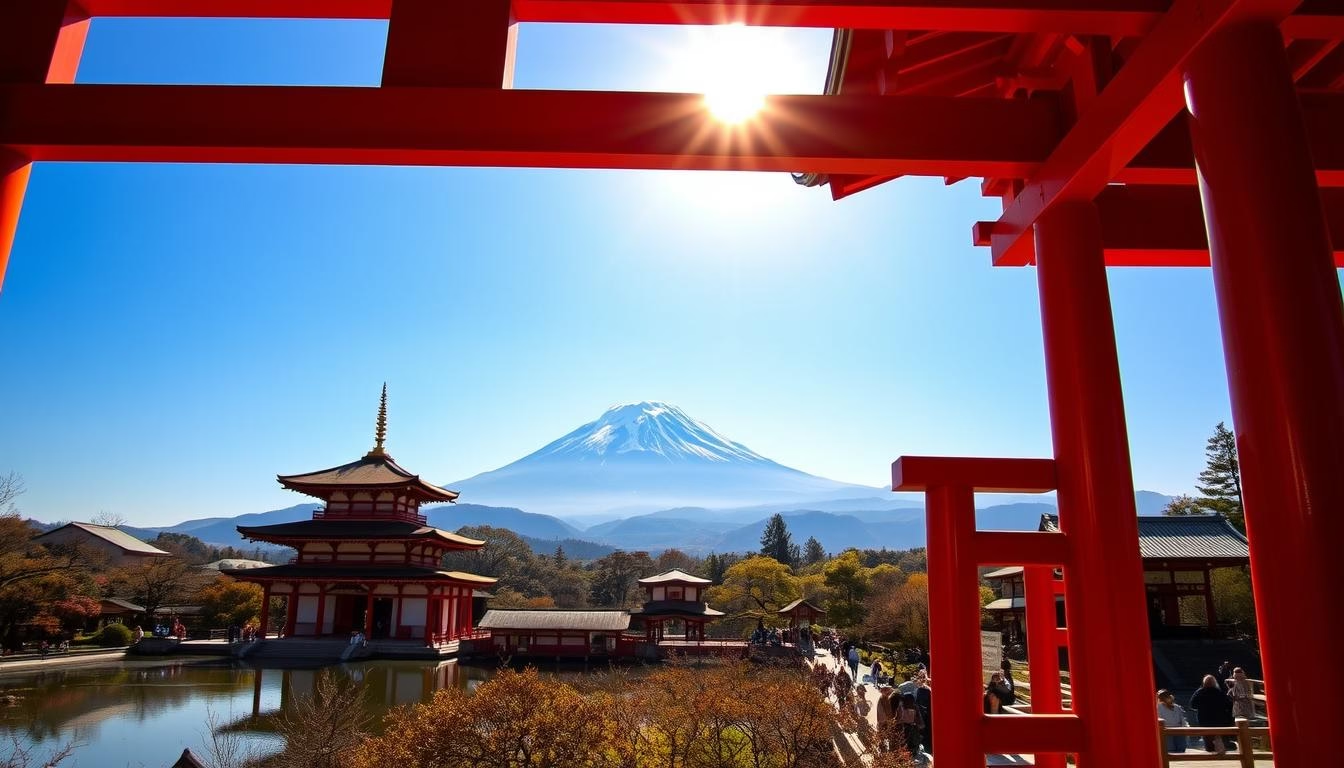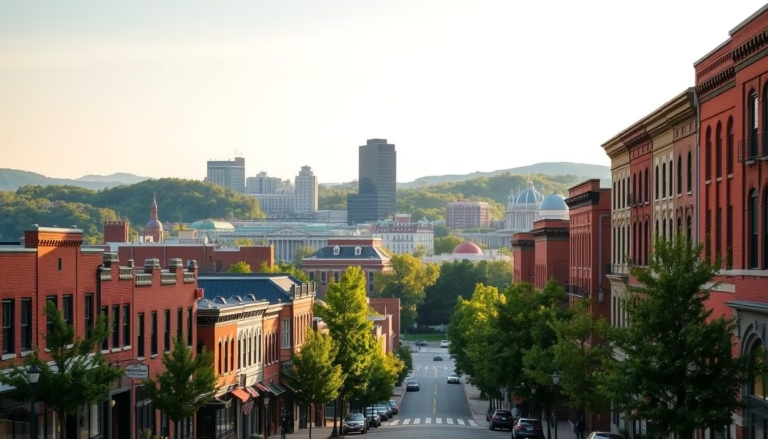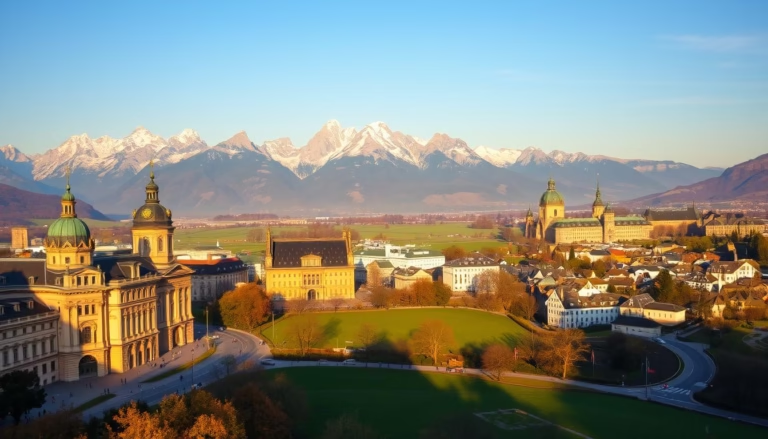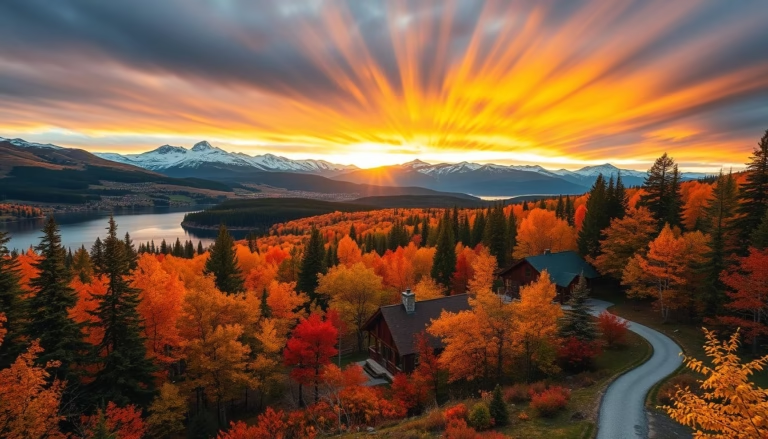Explore Tourist Attractions in Japan: Top Places
Picture a land where neon-lit skyscrapers stand beside ancient wooden temples. This country effortlessly blends time-honored rituals with futuristic innovation, creating a cultural tapestry unlike anywhere else. Its spiritual roots stretch back millennia, with sacred sites that have welcomed visitors long before the rise of modern cities.
Metropolitan hubs buzz with energy, offering sleek technology and vibrant street life. Meanwhile, quieter towns preserve traditions through tea ceremonies, seasonal festivals, and meticulously maintained gardens. The nation’s efficient transit system makes it easy to experience both worlds in one trip.
Nature lovers will find dramatic contrasts here—snowy peaks in the north give way to subtropical beaches in the south. Every season paints the landscape anew: cherry blossoms in spring, fiery maples in autumn, and powdery ski slopes in winter. With welcoming locals and clear multilingual signage, exploring feels seamless and rewarding.
Key Takeaways
- Experience a unique fusion of historic traditions and modern advancements
- Discover spiritual sites older than many European landmarks
- Navigate effortlessly between bustling cities and peaceful rural areas
- Enjoy diverse landscapes, from mountain ranges to coastal retreats
- Plan visits around seasonal highlights like spring blooms or winter sports
Introduction: Discovering Japan’s Timeless Charms
Uncover hidden gems beyond the well-trodden paths of iconic cities. While Kyoto’s golden temples and Tokyo’s neon-lit streets make perfect starting points, true discovery awaits in lesser-known places where past and present collide.
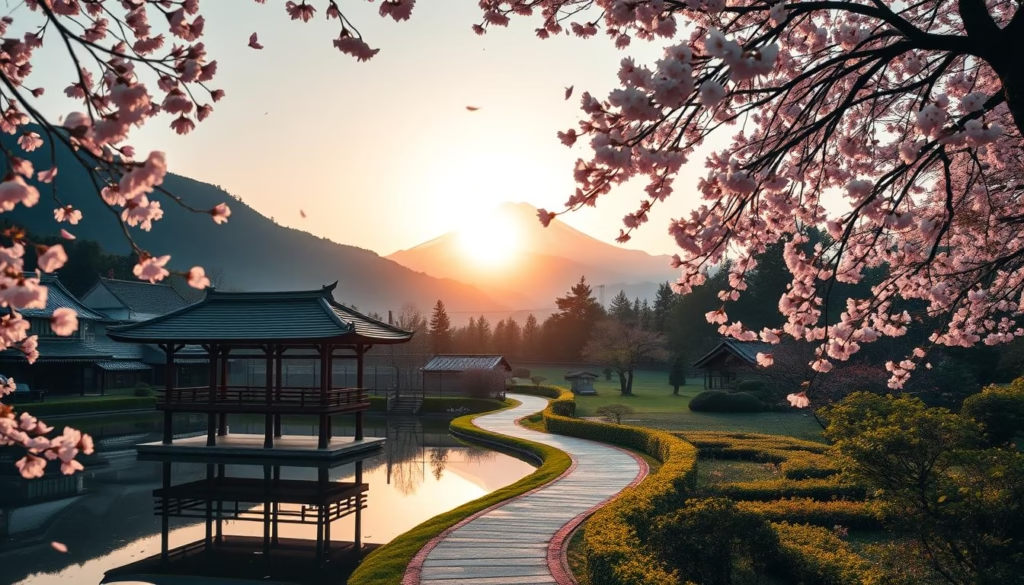
Seasonal transformations shape every experience here. Spring cherry blossoms create pink canopies over historic castles, while autumn sets maple forests ablaze. Winter brings snow-draped shrines perfect for quiet reflection.
Step back in time at UNESCO sites older than European cathedrals. Watch artisans practice centuries-old crafts using techniques unchanged since samurai eras. These living traditions blend seamlessly with contemporary life, from bullet trains to robot cafes.
| Season | Experience | Best Locations |
|---|---|---|
| Spring | Cherry blossom viewing | Yoshino, Hirosaki |
| Summer | Fireworks festivals | Osaka, Sendai |
| Autumn | Maple leaf hikes | Nikko, Hakkodate |
| Winter | Snow lantern tours | Shirakawa-go, Zao |
Guided tours reveal secret tea houses and local markets, while self-planned adventures let you stumble upon unexpected treasures. Whether joining a traditional paper-making workshop or exploring modern art islands, every journey tells a story.
Time your trip to match seasonal highlights, but remember – Japan’s magic lies in finding your own rhythm between ancient customs and contemporary wonders. The most memorable things often happen when you least expect them.
Best Tourist Attractions in Japan
Japan’s landscape unfolds like a living museum, blending millennia-old heritage with futuristic marvels. World-renowned landmarks like Mount Fuji stand guard over traditional villages, while Tokyo’s skyline pulses with digital energy. Whether you seek quiet reflection or adrenaline-fueled adventures, this archipelago delivers unforgettable moments.
Cultural treasures dominate the must-see list. Kyoto’s golden temples and Nara’s sacred deer parks reveal Japan’s spiritual core. Don’t miss Hiroshima’s Peace Memorial Park, where history whispers through cherry blossom trees. For natural wonders, Hakone’s steaming onsens and Yakushima’s mossy forests showcase Earth’s raw beauty.
| Category | Highlights | Top Locations |
|---|---|---|
| Cultural | Castles, tea houses | Himeji, Kanazawa |
| Natural | Volcanoes, beaches | Shirakami-Sanchi, Ishigaki |
| Modern | Digital art museums | TeamLab Planets, Odaiba |
| Seasonal | Ski resorts, flower fields | Niseko, Furano |
Each region offers distinct flavors. Hokkaido’s powder snow lures skiers, while Okinawa’s coral reefs tempt snorkelers. Urban explorers thrive in Osaka’s street food alleys and Fukuoka’s night markets. The investment of time here pays off through ryokan stays, sumo tournaments, and artisan workshops.
From Shikoku’s pilgrimage trails to Kyushu’s active volcanoes, Japan’s diversity astounds. Smart travel passes make hopping between contrasting worlds effortless—medieval samurai districts one day, robot restaurants the next. Every journey becomes a masterclass in balancing tradition with innovation.
The Timeless Temples of Kyoto
Kyoto whispers stories of emperors and artisans through its preserved alleyways and gilded shrines. As Japan’s former capital, this cultural jewel safeguards over 1,600 Buddhist temples and 400 Shinto shrines. Its world heritage sites transport visitors through centuries of architectural mastery, from Heian-era simplicity to Muromachi-period grandeur.
Kiyomizu-Dera and the Golden Pavilion
Kiyomizu-Dera’s wooden stage juts dramatically over a hillside, offering panoramic views that turn pink during cherry blossom season. Founded in 780 CE, this UNESCO site exemplifies architecture built in harmony with nature. Nearby, the Golden Pavilion’s gold-leaf walls shimmer above a mirror-still pond, creating reflections that change with the light.
Arashiyama Bamboo Grove and Monkey Park
The Arashiyama Bamboo Forest feels like entering a living cathedral. Sunlight filters through 60-foot stalks that sway and creak like nature’s wind chimes. Just uphill, the Monkey Park lets you observe wild macaques while overlooking Kyoto’s terracotta rooftops.
| Feature | Highlight | Best Time |
|---|---|---|
| Kiyomizu-Dera | Historic wooden platform | Early morning |
| Golden Pavilion | Gold-leaf reflection | Autumn foliage |
| Bamboo Grove | Soundscape experience | Weekday mornings |
| Monkey Park | Primate interactions | Feeding times |
Stroll through Gion’s streets where wooden machiya houses host geisha ceremonies. These places preserve traditions unchanged since the Imperial family called Kyoto home. As one local artisan notes:
“Our city doesn’t display history – it lives it through every tea ceremony and temple bell.”
Tokyo: A Blend of History and Modernity
Tokyo pulses with a rhythm that harmonizes centuries-old traditions with tomorrow’s innovations. Ancient temples whisper stories of shoguns while glass towers reflect neon sunsets. This metropolis wears its history proudly, yet constantly reinvents itself with cutting-edge design.
Sensoji Temple, Meiji Jingu, and Nakamise Dori
Step through Sensoji’s fiery Kaminarimon Gate into Asakusa’s district, where incense swirls around Tokyo’s oldest temple. Nakamise Dori’s shopping street buzzes with vendors selling rice crackers and hand-painted fans. Just 20 minutes west via train, Meiji Jingu’s forested shrine offers silent pathways beneath 100,000 trees.
Tokyo Tower, SkyTree, and Romantic Views
The crimson tower near Roppongi glows like a beacon at night, its observation decks framing Mount Fuji on clear days. TOKYO SKYTREE’s futuristic silhouette dominates the skyline, its glass-floored galleries revealing the city’s endless sprawl. Locals often propose marriage at these view points when twilight paints the city gold.
| Landmark | Experience | Best Time |
|---|---|---|
| Sensoji Temple | Cultural immersion | Morning prayers |
| Meiji Jingu | Forest meditation | New Year’s Day |
| Tokyo Tower | City panoramas | Sunset hours |
| SKYTREE | Engineering marvels | Weekday afternoons |
A resident tea master shares:
“Our city isn’t just places – it’s layers of time. You can sip matcha where samurai once walked, then ride elevators to cloud-piercing decks.”
Day tours often start in Asakusa’s temple streets before jumping to high-tech observation decks. This contrast defines Tokyo’s magic – a city that treasures its heart while racing toward the future.
Exploring Imperial Tokyo and Its Landmarks
At the heart of Tokyo lies a serene escape where history breathes through stone walls and whispering pines. The Tokyo Imperial Palace grounds blend 17th-century architecture with lush gardens, offering quiet moments amid the urban buzz. While the main palace remains private, the East Higashi-Gyoen Garden welcomes visitors with tranquil paths and seasonal blooms.
Don’t miss Nijubashi Bridge—its iconic reflection creates a postcard-perfect view that embodies Japan’s poetic balance of nature and design. Nearby, the Ginza district contrasts royal heritage with modern elegance. Here, century-old theaters host kabuki performances just steps from sleek boutiques.
The palace area tells stories of transformation. Ancient moats mirror skyscrapers, while stone foundations hint at Edo-period origins. For deeper insights, join guided tours revealing hidden sites like samurai guardhouses and rare tree species.
This slice of Tokyo proves timelessness thrives in dynamic cities. Whether strolling garden trails or admiring bridge reflections, you’ll feel connected to a world where tradition shapes tomorrow.
